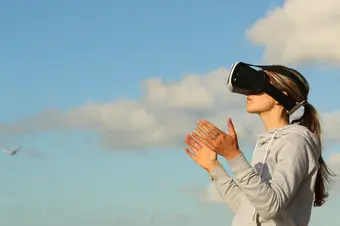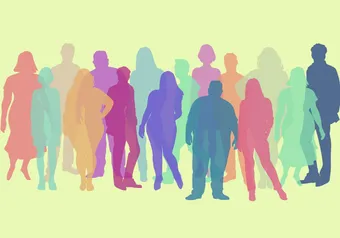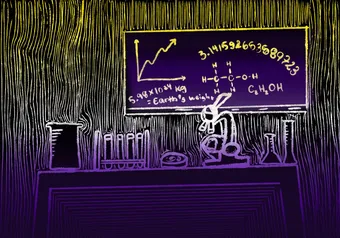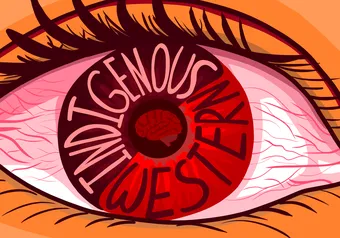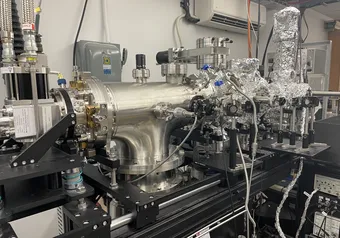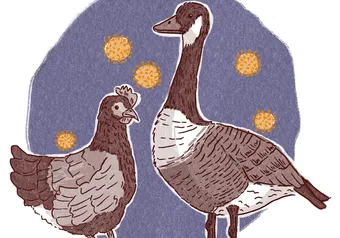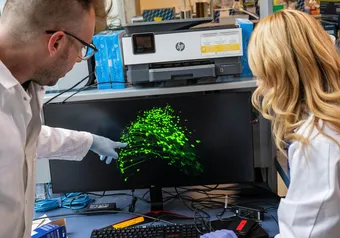Late on a Wednesday evening, I clamoured up the large steps of Orchard Commons and into the first Virtual Reality (VR) Workshop with the UBC Emerging Media Lab, the first of many to come. Taking my seat, I was surprised by the makeup of the room. We were a motley crew made up of professors, geographers, artists and students, aged 18 to 60.
The magic promise of VR had allured us all and we were now waiting for Juyeong Stella Oh, the lab coordinator, to take us through the first few steps of the workshop.
Through the lesson, workshop attendees navigated Blender and Unity, two open-source VR software programs attempting to model a three-dimensional apple. A physics professor called on the help of second-year student volunteers and other attendees, including an artist, to help him pan around his modelled apple.
Technology is one of few equalizers between the wise and the young. That being said, I too spent most of the lesson panning around my apple and not doing a whole lot else.
The lab is the brainchild of Dr. Ray Hsu, from UBC’s department of English, who saw potential in new media for education; Saeed Dyanatkar of UBC Studios; and an emerging group of students in the AMS Game Development Club (AGDA) interested in VR/AR technology.
There are numerous participants and students involved with the lab. One of them is Oh — a second-year mechanical engineering student who managed to nab the sweetest co-op position around as the Emerging Media Lab coordinator. She took on the job shortly after the lab was given official space last summer.
Considering the many shareholders in the lab’s formation, it is no wonder that its work is so interdisciplinary. “What makes the Media Lab different than the VR department in AGDA is that we do client work.... We are a group of volunteer students who collaborate with subject matter professionals [such as professors] to create educational tools,” said Oh.
Often, professors need a little help from curriculum-design professionals in the education department to turn their vision into a plan that student programmers can understand. These unexpected collaborations have led to interesting projects in every field. For example, an early collaboration — kick-started by Dyanatkar and the faculty of land and food systems — resulted in SoilX, an augmented reality (AR) app that allows users to identify soil types through your phone’s camera.
And with help from the educational department, the lab created HoloBrain, an AR model of the human brain for use in neuroanatomy instruction.
These impressive projects all started with the fundamental lessons taught in these workshops. Like many student volunteers, Oh started with little familiarity with VR and learned through online tutorials.
“I don’t think any comp sci class teaches this kind of development in VR — yet. So we just Google everything,” she said.
She emphasized that the UBC Emerging Media Lab is a place of interdisciplinary learning and experimentation between faculties, professors and students.
“We have a lot of tech people, but we need people in visual arts and creative writing. We need artistic types,” emphasized Oh.
First online
Share this article


